L293D motor driver module overview
The Motor Driver Module (L293D) is a compact dual H-bridge breakout designed to control two DC motors or a single bipolar stepper motor from microcontrollers such as Arduino and Raspberry Pi. The module provides logic inputs for direction and PWM speed control, plus dedicated power terminals for motor supply and ground.
Key features and benefits
- Dual H-bridge configuration: drive two independent DC motors or one bipolar stepper motor with a single module.
- Logic-level control: 5V-compatible inputs work directly with Arduino, ESP32, and other 5V microcontrollers; use level shifting for 3.3V systems when needed.
- Built-in protection: integrated flyback diodes and protection circuitry help manage inductive spikes and reduce risk to the driver and controller.
- Motor voltage range: supports motors up to 36V depending on module build; always confirm module limits and motor ratings.
- Current handling: approximately 600 mA continuous per channel and up to 1.2 A peak; observe thermal limits and add heatsinking or a higher-capacity driver for heavier loads.
- Easy wiring: screw terminals for motor and power connections and header pins for signal lines enable fast prototyping and secure connections.
Technical specifications
- Driver IC: L293D dual H-bridge
- Logic voltage: compatible with 5V logic
- Motor voltage: up to 36V (module-dependent)
- Current: ~600 mA continuous per channel, 1.2 A peak
- Control: direction inputs plus PWM speed control per channel
Advantages for projects and prototyping
- Simplifies motor control by providing ready-made H-bridge circuitry with protection components.
- Enables precise PWM speed control and easy direction switching from a microcontroller.
- Compact form factor is ideal for small robots, educational kits, and quick prototypes.
- Low-cost and widely supported by community tutorials and example code.
Typical applications
- Small robotics: driving wheels, gearmotors, and small actuators.
- Hobby motor control: RC projects, automated toys, and motorized demonstrators.
- Stepper control: simple bipolar stepper motors for plotters, pan/tilt, and lightweight CNC setups.
- Education and testing: learning H-bridge basics and experimenting with PWM control algorithms.
Quick start guide: wiring and basic usage
- Connect motor supply voltage (VM) and ground to the motor power terminal. Use a supply that matches your motor voltage rating and the module limits.
- Connect logic VCC (typically 5V) and ground to the logic power pins. Ensure common ground between controller and motor supply.
- Wire control pins to your microcontroller: two direction inputs and one PWM input per motor channel.
- Begin with a low PWM duty cycle and verify motor direction before increasing speed or load.
- Monitor current draw. If motors draw more than the module rating, use a more capable driver or add external MOSFETs and heatsinking.
Compatibility, tips, and best practices
- Works well with Arduino UNO, Nano, and compatible 5V boards. For 3.3V microcontrollers such as Raspberry Pi, use level shifting or confirm the signal threshold for reliable input recognition.
- Place decoupling capacitors across the motor supply to reduce voltage spikes and electrical noise.
- Separate motor and logic grounds at a single point to minimize interference with sensitive logic lines.
- Use protective fuses or current sensing if your application could exceed the module’s thermal or current limits.
Troubleshooting checklist
- No motor movement: verify power to VM, common ground, and correct wiring of direction/PWM pins.
- Motors run weakly or stall: check supply voltage under load and measure current draw against module limits.
- Excess heating: reduce duty cycle, add heatsink, or choose a driver with higher continuous current capacity.
Why choose the L293D motor driver module
If you need an affordable and proven solution to control small DC motors and bipolar steppers for education, prototyping, or hobby robotics, the L293D motor driver module is an excellent choice. Its simple interface, integrated protection, and broad microcontroller compatibility make it ideal for rapid development and learning motor control fundamentals.

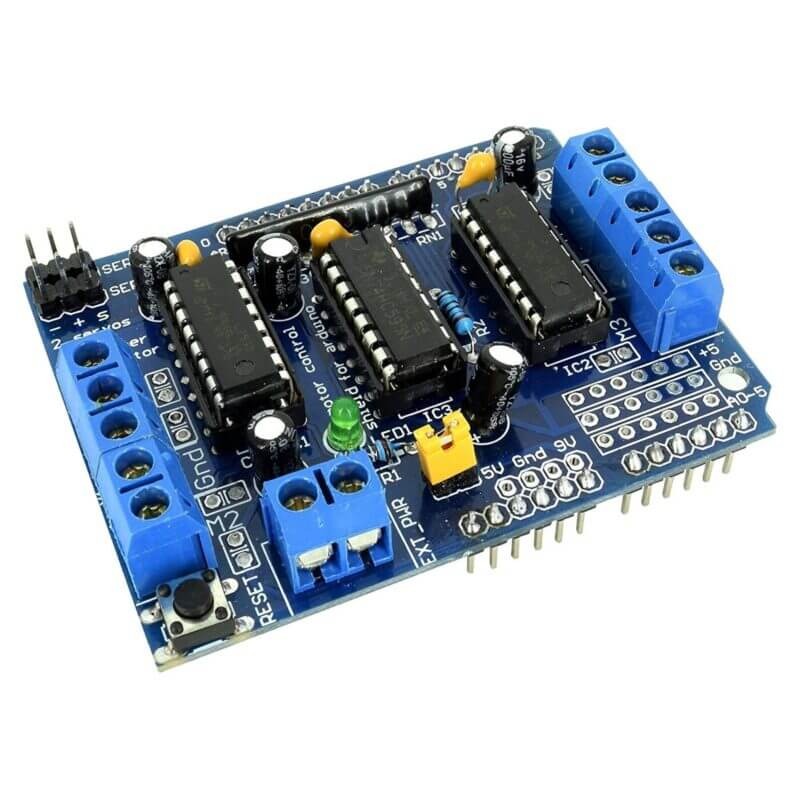
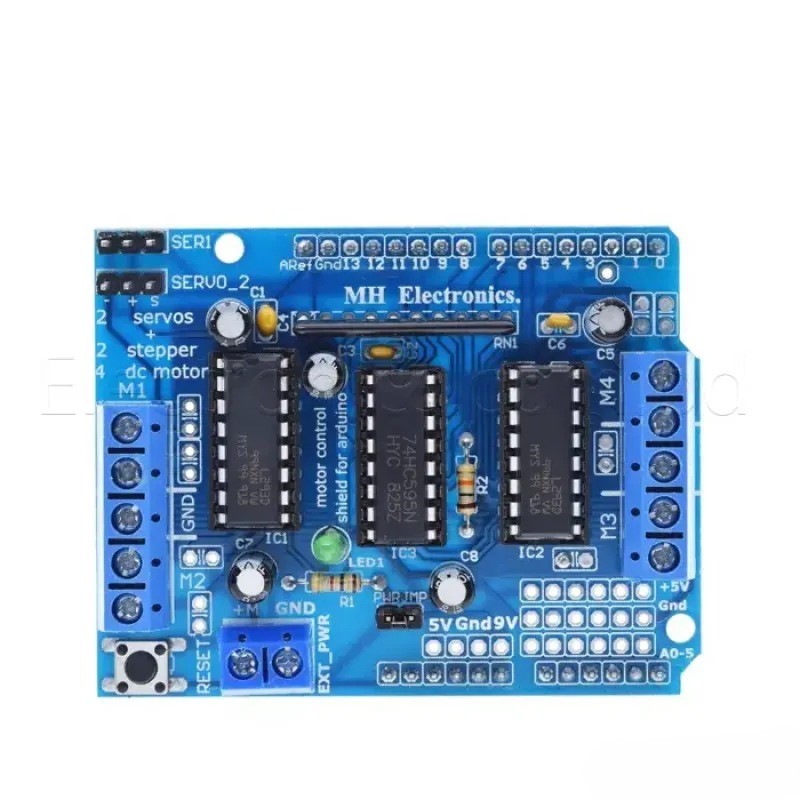
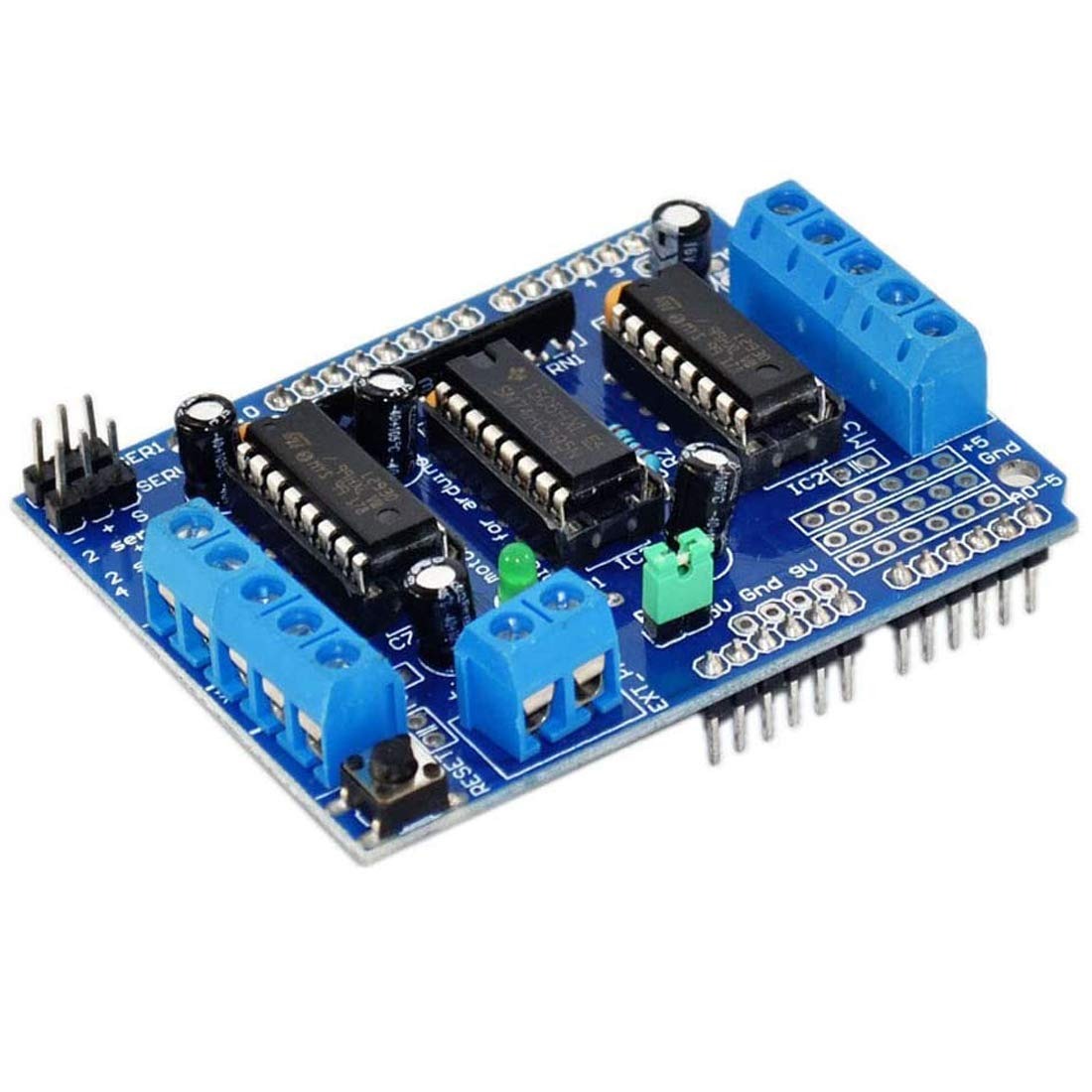

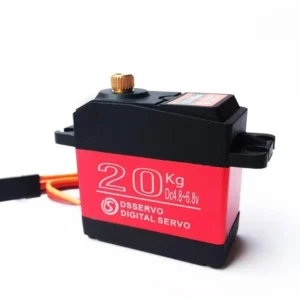

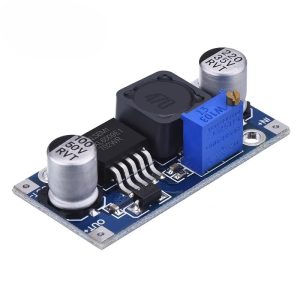

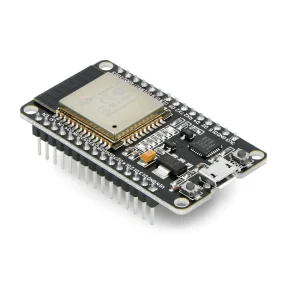
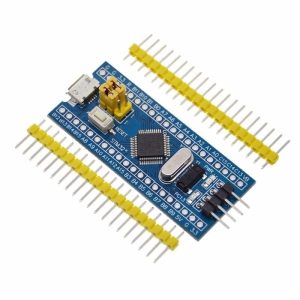
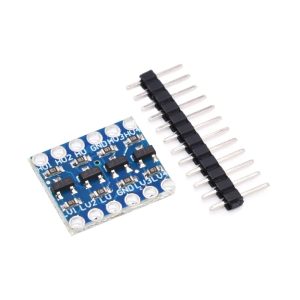
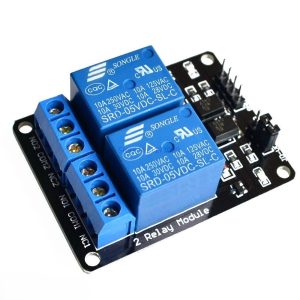
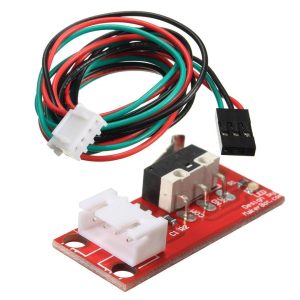
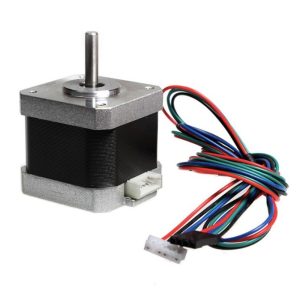

Reviews
There are no reviews yet